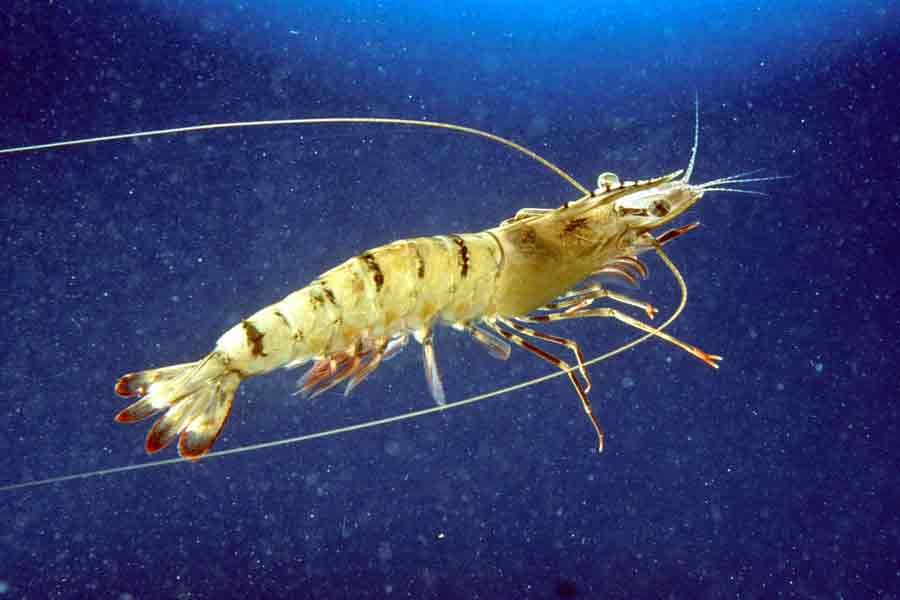
All animals in the world are subject to the force of gravity. Even the inhabitants of the seas, where gravity is practically neutralized by water’s buoyancy, rely on their positioning and balance for vertical migrations, movements along the seabed, and even capturing prey.
In higher animals, the inner ear represents the organ of balance. However, lower animals like shrimp create their own organs to fulfill this function. These organs are called statocysts. Shrimp and lobsters have two small statocysts at the base of each of their antennae.
The statocyst is a cavity filled with fluid, and its walls are lined with sensory tissue that is covered in ciliary extensions. It is like a microscopic spherical pouch lined with tiny sensory hairs that move within the fluid. When the shrimp forms the statocyst, it places a grain of sand from the substrate inside. Due to gravity, the grain will fall toward the bottom of the statocyst, pressing against the sensory cilia that transmit this information through nerve impulses to the brain of the tiny animal. This way, the shrimp always knows where the bottom and therefore the surface is.
During molting (the process in which the animal replaces its old exoskeleton with a new one), shrimp lose the statocysts that remained in the old shell. These tissues reform as the new exoskeleton hardens. This renewal has allowed for an interesting scientific experiment. Instead of sand grains, tiny metal particles were used, and the shrimp mistook them for sand. Then, a small magnet was placed inside the sensory organ to attract the metal. Without hesitation, the shrimp positioned itself upside down, following the false information it received.
This clearly explains that shrimp prioritize the sense of gravity over vision because, despite seeing the bottom, the animal obeyed the information from its balance organ, positioning itself according to the magnet, even if it prevented it from walking.
The sea is an immense ecosystem that encompasses the greatest diversity of life on our planet. Its sensitive creatures can be affected by small changes. The more we understand it, the closer we will be to preserving it intact. Ultimately, this demonstrates what it means to be an intelligent animal.
«One cannot defend what one does not love, and one cannot love what one does not know.»

